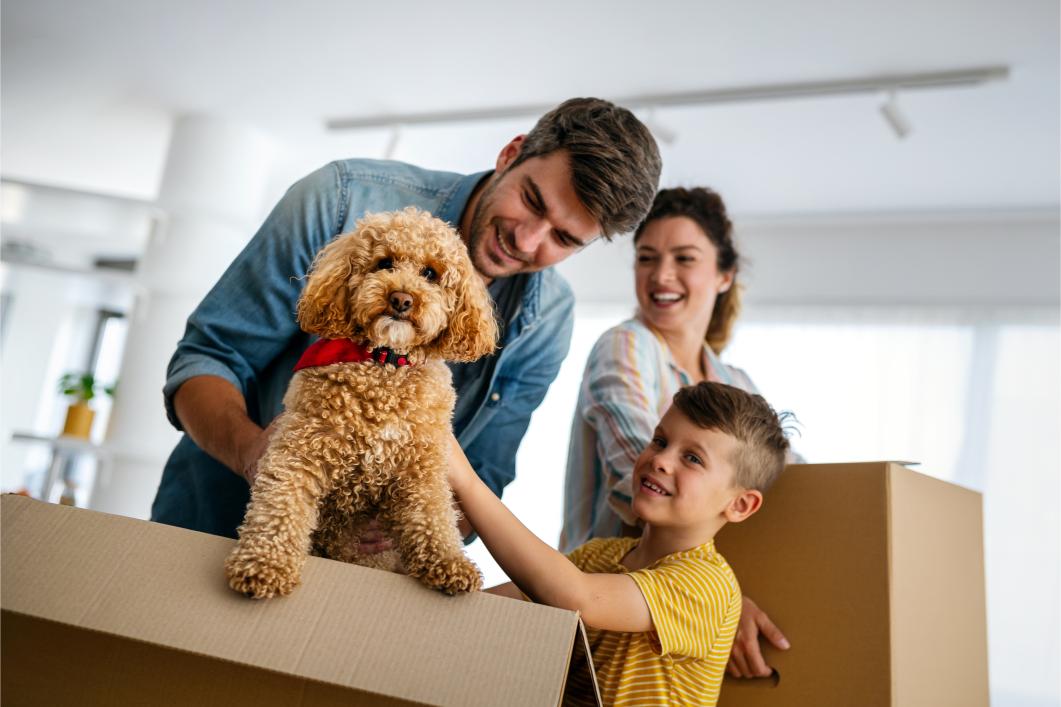How to Safely Introduce a New Pet to Your Home

First impressions count. Bringing a new pet into your home requires a delicate balance to ensure everyone is safe and happy. If you have kids or other pets at home, how they first encounter a new pet will have a bearing on their future lives together. While mistakes are bound to occur, it’s important to everyone’s safety to gradually and positively create opportunities for easy, breezy introductions.
The Honeymoon Effect
While some pet adoptions happen spontaneously, most new additions are carefully considered, planned, and prepared for. This is especially true in households with one or more resident pets, children, roommates, and various routines.
The key to successful introductions is the idea that slow and steady wins the race. Don’t expect everyone to be on the same page immediately. With time, patience, and respect for boundaries, all interested parties can safely integrate without too much drama.
Fostering Positive Vibes
First, set your new pet up in a different part of the house not frequented by other pets or people. You’re not trying to isolate them; instead, you’re allowing for your pet’s powerful senses to lay the groundwork for the physical introduction. The ability to smell and hear the others will guide them when seeing them for the first time (over the course of several days).
Positive reinforcement comes in pretty handy when introducing a new pet to others. Reward everyone involved and offer lots of praise and reassurance. Keep interactions short and positive, only extended time when everyone seems relaxed.
The Importance of Neutrality
Your resident pet is likely highly territorial and not open to sharing their space with any interlopers (regardless of how cute and sweet they may be). When it’s time for them to officially meet face to face, invite them to a neutral area, like the park, a neighbor’s backyard, or really anywhere neither of them can claim as their own.
- Watch all pets closely and intervene when body language or vocalizations signal fear, stress, anxiety, or discomfort.
- Keep those treats coming!
- Purchase new toys so that all parties can safely play. Resource guarding can become a big issue in multi-pet households, but if you begin on an even playing field, this may be less likely to occur.
- Give everyone the space they might need.
- Keep sessions short but regular. Give them a chance to anticipate possible encounters with their new friend by keeping play time at the same time every day.
- Share space previously occupied by the resident pet only when they have shown acceptance of the other pet.
- Acknowledge there will be natural hierarchy between the pets as they self-organize. This will help them create the bond that you were probably hoping for, but it can take time and some hard-won battles.
Bringing a New Pet Home
With lots of patience and practice, a smooth transition and peaceful cohabitation can be yours. If you have any questions or concerns about living in a multi-pet household, we are always here to help you at (916) 737-5670. From all of us at East Sacramento Veterinary Center, congratulations on your new addition, and good luck!
